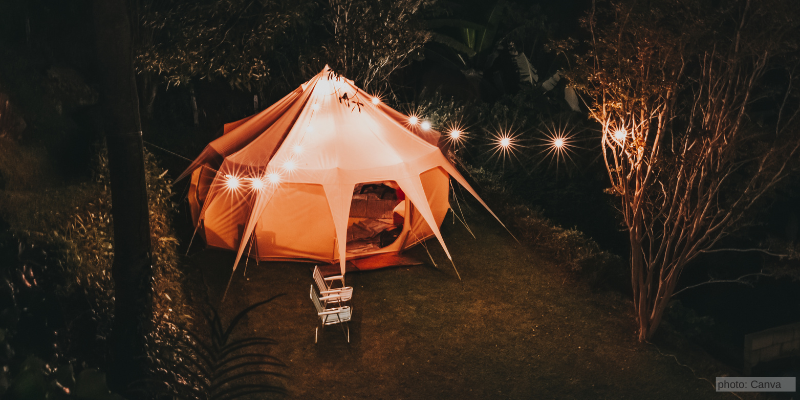Chinese New Year, also known as the Spring Festival, is one of the most vibrant and significant celebrations in Chinese culture. If you find yourself in Bali during this festive time, you’re in for a treat! The island’s rich cultural tapestry and welcoming spirit make it a fantastic destination to celebrate the Lunar New Year. From traditional ceremonies to unique Balinese-Chinese fusion experiences, here are five ideas to celebrate Chinese New Year while traveling in Bali.
1. Join the Festivities at Vihara Dharma Giri Temple
Located in the lush hills of Banyuwedang in North Bali, Vihara Dharma Giri is one of the most important Chinese temples on the island. During Chinese New Year, the temple comes alive with vibrant decorations, lion dances, and traditional ceremonies.
What to Expect:
- Witness colorful lion and dragon dances, believed to bring good luck and ward off evil spirits.
- Participate in traditional prayers and offerings.
- Enjoy the festive atmosphere with locals and fellow travelers.
Why Visit?
Celebrating Chinese New Year at Vihara Dharma Giri offers a unique blend of Balinese and Chinese traditions, providing a deeper understanding of the island’s multicultural heritage.
2. Indulge in a Chinese-Balinese Feast
Bali’s culinary scene is a melting pot of flavors, and Chinese New Year is the perfect time to savor a fusion of Chinese and Balinese cuisine. Many restaurants and hotels offer special Lunar New Year menus featuring traditional Chinese dishes with a Balinese twist.
Where to Go:
- Métis Restaurant in Seminyak: Known for its fine dining and festive specials.
- Kayuputi at The St. Regis Bali Resort: Offers a luxurious Chinese New Year dining experience.
- Local Warungs: Explore smaller eateries for authentic Chinese-Indonesian dishes like nasi campur and babi guling (suckling pig).
Why Try It?
Food is an integral part of Chinese New Year celebrations, and enjoying a festive meal is a delicious way to immerse yourself in the holiday spirit.
3. Attend a Chinese New Year Gala or Event
Many luxury resorts and hotels in Bali host special Chinese New Year galas, complete with traditional performances, gourmet dinners, and festive decorations. These events often feature lion dances, firecrackers, and live music.
Where to Go:
- The Mulia in Nusa Dua: Known for its extravagant Chinese New Year celebrations.
- Conrad Bali in Tanjung Benoa: Offers a family-friendly Lunar New Year event.
- Potato Head Beach Club in Seminyak: Hosts unique cultural events with a modern twist.
Why Attend?
These galas provide a glamorous and festive way to celebrate Chinese New Year, often with stunning ocean views and world-class entertainment.
4. Explore the Chinese Temples in Denpasar
Denpasar, Bali’s capital, is home to several Chinese temples that play a central role in the island’s Chinese New Year celebrations. Visiting these temples during the festive period offers a glimpse into the local Chinese-Indonesian community’s traditions.
What to Do:
- Visit Ling Gwan Kiong Temple, one of the oldest Chinese temples in Bali.
- Observe traditional rituals and offerings.
- Take part in the lively street celebrations around the temples.
Why Explore?
Denpasar’s Chinese temples are cultural landmarks that showcase the island’s rich history of Chinese influence and integration.
5. Relax with a Chinese New Year-Themed Spa Treatment
Bali is renowned for its world-class spas, and many offer special Chinese New Year-themed treatments to help you relax and rejuvenate during the festivities. These treatments often incorporate traditional Chinese healing practices, such as acupuncture, acupressure, and herbal remedies.
Where to Go:
- Spa Alila at Alila Villas Uluwatu: Offers holistic treatments inspired by Chinese medicine.
- Fivelements Retreat Bali: Known for its healing rituals and wellness programs.
- The Spa at Four Seasons Resort Bali at Jimbaran Bay: Features luxurious treatments with a festive twist.
Why Pamper Yourself?
A spa day is a perfect way to unwind and embrace the positive energy of the new year, setting the tone for a prosperous and healthy year ahead.
Why Celebrate Chinese New Year in Bali?
Bali’s unique blend of cultures makes it an extraordinary place to celebrate Chinese New Year. The island’s warm hospitality, stunning landscapes, and vibrant traditions create a festive atmosphere that’s both exciting and meaningful. Whether you’re participating in traditional ceremonies, indulging in festive feasts, or simply relaxing by the beach, Bali offers countless ways to welcome the Lunar New Year in style.
Tips for Celebrating Chinese New Year in Bali:
- Plan Ahead: Book accommodations and events early, as Chinese New Year is a popular time to visit Bali.
- Respect Local Customs: Be mindful of cultural practices and dress modestly when visiting temples.
- Embrace the Festivities: Join in the celebrations with an open heart and a spirit of curiosity.
- Stay Safe: Follow local guidelines and take precautions to ensure a safe and enjoyable trip.
- Capture the Moments: Don’t forget to take photos and videos to remember this unique celebration.
Celebrating Chinese New Year in Bali is a once-in-a-lifetime experience that combines the best of Chinese and Balinese cultures. Whether you’re seeking cultural immersion, culinary delights, or simply a relaxing getaway, Bali offers the perfect setting to welcome the Year of the Dragon (or any other zodiac sign) in style. Gong Xi Fa Cai!



























